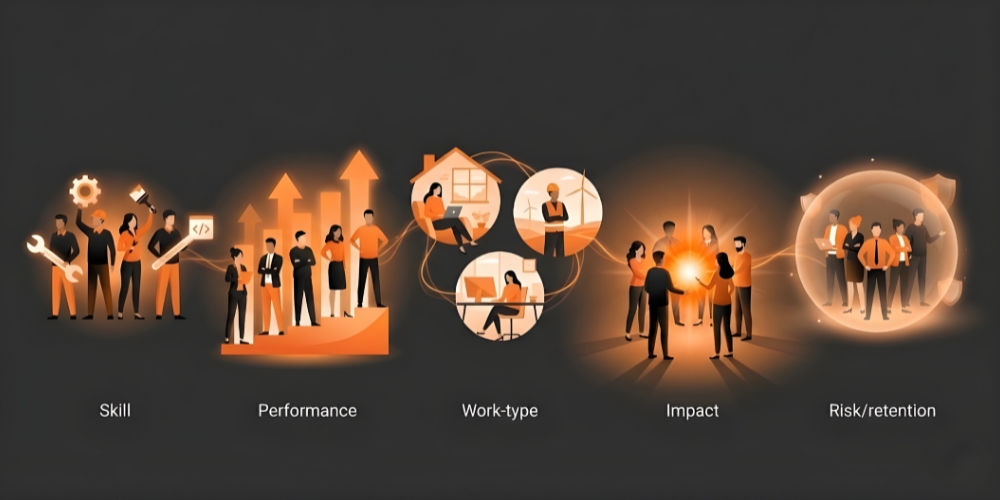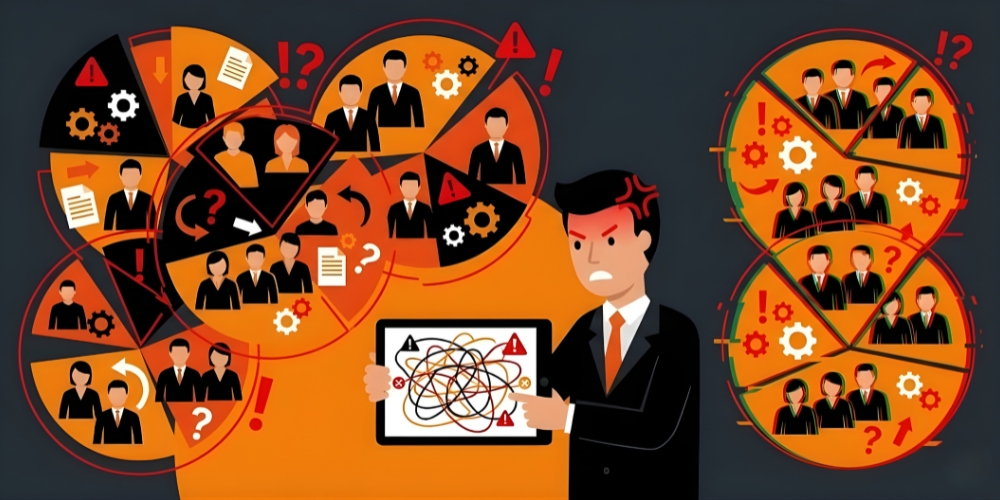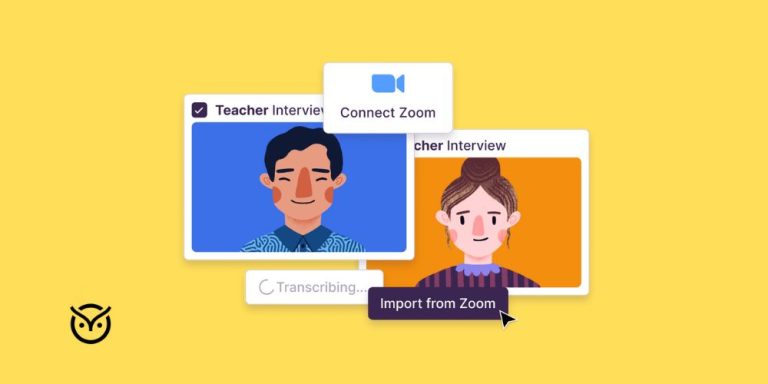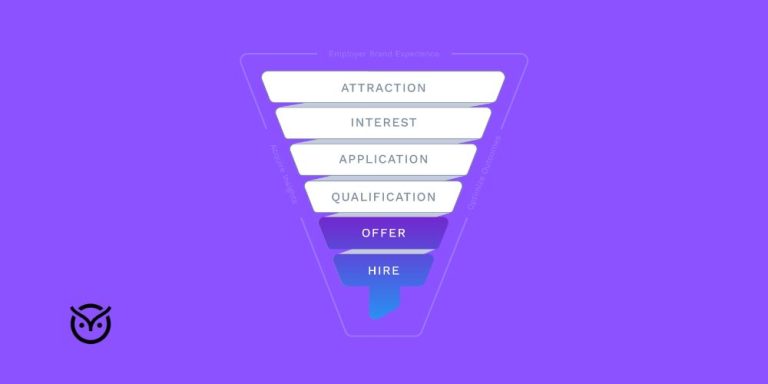Workforce Segmentation Strategies That Deliver Results

TL;DR
- Workforce segmentation gives a clear view of people and skills.
- Helps improve hiring, training, and planning.
- Stops one-size-fits-all decisions and supports workforce planning and analytics.
- Strengthens overall talent management and workforce planning.
Companies face fast-changing markets, shifting skills, and pressure to move more quickly than ever. When roles, expectations, and abilities blend, leaders struggle to make clear decisions. That is where workforce segmentation becomes a real problem-solver, because it helps you understand people in a simple, structured way.
The answer is not adding more people. It is organizing the team in a smarter way. Clear segments help managers understand skills, close gaps, and support stronger performance without slowing the work. This gives the company a solid base for strategic workforce planning that is simple to follow and measure.
What Is Workforce Segmentation?

At its core, workforce segmentation definition refers to the process of dividing employees into meaningful groups based on skills, roles, behaviors, performance levels, or business impact. It removes the guesswork from managing people by creating simple clusters that leaders can use to plan better.
Segmentation helps companies build a clear workforce segmentation model so each group gets the proper support. For example, some teams need deeper coaching, while others need faster tools, broader scope, or project-based help. These simple choices become easier when the grouping of employees is done with intent.
You’ll see workforce segmentation examples everywhere, from separating frontline teams to spotting critical workforce segments or high-potential roles. Many companies now use workforce segmentation analytics to track retention and skill gaps. According to Deloitte, skills-based organizations are 107% more likely to place talent effectively than job-based ones.
This approach also helps with talent segmentation in places where skills change quickly or hiring remains tight. It gives leaders a simple way to link real skills to real business needs, which makes planning clearer and easier to act on.
Why Workforce Segmentation Matters

Good segmentation makes workforce planning easier, faster, and more accurate. It transforms the segmentation of the workforce from something reactive into a structured lens for every person’s decision.
A strong segmentation approach helps companies identify workforce segments that drive the highest impact. It also shows which roles need urgent support, future training, or redesign.
Segmentation also cuts waste. When teams understand their segments, they avoid training programs that people do not need, hiring that does not match demand, or job structures that slow the business down. For teams working on long-term planning, segmentation shapes insights for segmentation job roles, helping leaders build stronger succession pipelines.
Data plays a significant role here. Companies that use segmentation in planning make faster decisions and forecast skill needs more accurately. Segmentation is no longer optional. It’s a core driver of business readiness.
5 Workforce Segmentation Strategies That Deliver Results

Segment by Skills and Capability
A simple way to understand your team is to look at what people can actually do. When you sort them by their skills, you start to see who can handle new tasks, who needs a bit more support, and where the gaps sit. It also helps you catch problems early, long before they show up in the work. This approach fits teams that move quickly because the work changes from week to week.
Segment by Business Impact
Some roles keep the business running. Others help it grow. And a few deliver both. When you create segments based on business impact, you can easily identify your critical workforce segments and ensure they receive the support they need. This method also helps you protect roles that need continuity, stability, or succession planning.
Segment by Work Type or Work Setting
This approach makes sense in companies that have different kinds of workers, like people on the floor, people in the field, or teams working from home. When you sort everyone by the type of work they do, it becomes easier to share updates and give each group what they need to do their jobs well. It also makes planning the day smoother, since managers can see who is available and when. Teams that use this method often run into fewer slowdowns and have a clearer picture of how the work moves.
Segment by Performance and Potential
This approach helps companies build progression paths and identify who is ready for more responsibility. It also supports talent segmentation, keeping leadership programs focused. High performers can be moved into stretch projects, while developing performers receive targeted coaching instead of broad, unclear training plans.
Segment by Risk and Retention
This segmentation focuses on roles or employees that are hard to replace or have skills that take a long time to build. For example, a company may identify engineers with profound product knowledge as a key retention segment. Leaders can then make targeted retention strategies to avoid disruptions.
Common Segmentation Mistakes

Using too many segments
Some companies create so many categories that the segmentation becomes too complex. When segments become cluttered, managers cannot act on them.
Relying on job titles alone
Job titles can be misleading. A title does not tell you how skilled someone is or how much they contribute, and this often causes the wrong decisions to be made. It is better to sort people by the work they can actually do rather than the label on their role.
Ignoring future skill needs
Some companies create segments that only reflect the work happening right now. This makes planning harder because the business keeps shifting. Strong segmentation looks at what teams need today and what skills will matter in the near future.
Not connecting segmentation to decisions
Segmentation only works when people use it in their day-to-day decisions. If managers ignore the segments when they train, hire or assign tasks, the whole effort turns into a file that sits on a shelf instead of something that guides real work.
Missing data accuracy
When data is outdated or incomplete, segmentation loses value. Clean data ensures that workforce planning and analytics stay reliable and easy to use.
Spot the Segmentation Mistake
Read the scenario, then choose the mistake you think is happening.
Conclusion
Good segmentation helps leaders make sense of their teams. It shows who is doing what, which areas need attention, and what the company might need later on. It also cuts a lot of the confusion that comes with planning. When people use these segments in their everyday choices, the team tends to work better together, more chances open up for everyone, and the company moves in a steadier direction.






